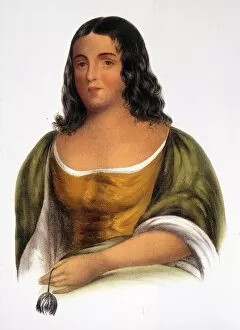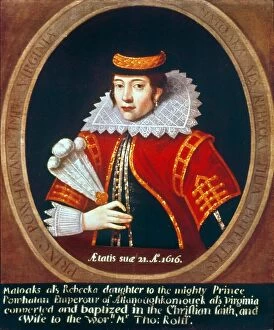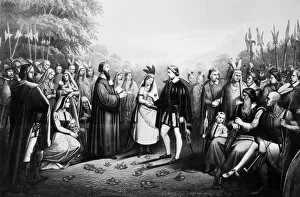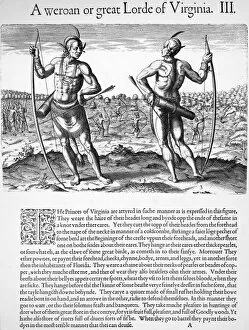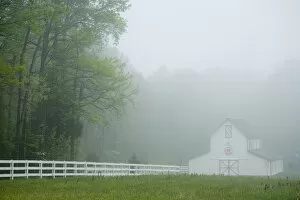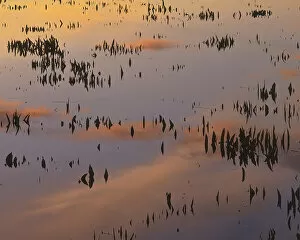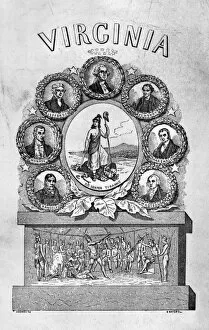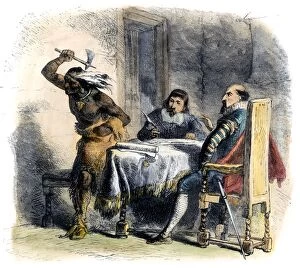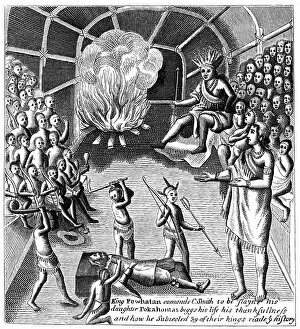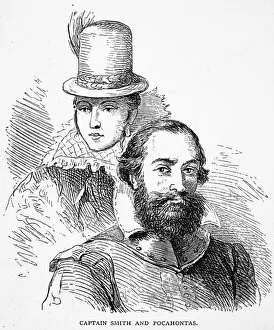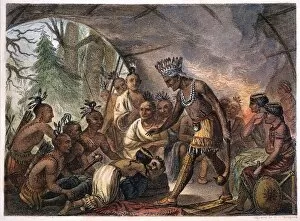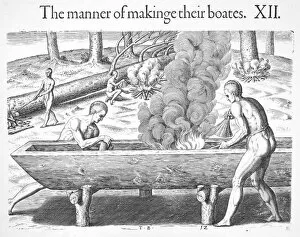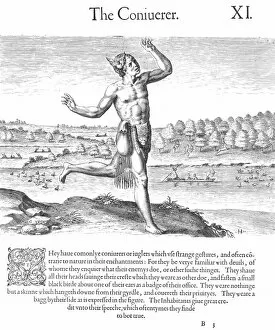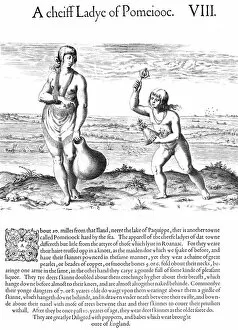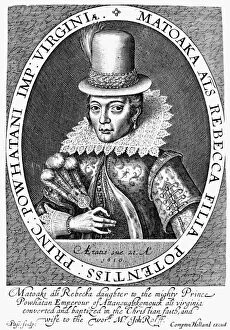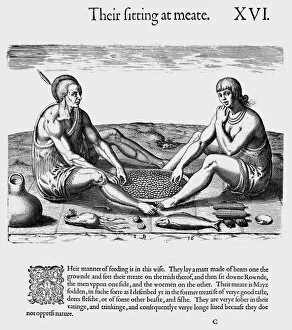Powhatan Collection (#2)
The Powhatan tribe, an American Indian group, held a significant presence in the region known as Virginia during the early 17th century
For sale as Licensed Images
Choose your image, Select your licence and Download the media
The Powhatan tribe, an American Indian group, held a significant presence in the region known as Virginia during the early 17th century. As depicted on Captain John Smith's map of Virginia from 1612, their locations were scattered across this vast land. By 1700, the Powhatan people had established themselves in various areas according to another map showcasing American Indian tribe locations. One fascinating aspect culture was their traditional dances. The Dance of the Powhatan Native Americans showcased their rich heritage and vibrant customs. In these performances, individuals adorned costumes that represented different aspects of Virginia's history - including warriors and members of the Powhatan tribe. Pocahontas, a prominent figure within both Native American and colonial narratives, has become synonymous with the Powhatans. Her story has been immortalized through various artworks such as Joseph Mozier's oil painting from 1868. Pocahontas' legacy continues to captivate audiences today due to her role as a bridge between two cultures. Visiting a shrine dedicated to the Powhatans provides an opportunity for reflection on their enduring impact on Virginia's history. This sacred space serves as a reminder of their traditions and contributions to this day. In exploring cultural exchange beyond America's shores, there is evidence that even international dignitaries recognized the significance of the Powhatans' heritage. A dinner given aboard U. S. S. F for Japanese Commissioners demonstrates how far-reaching their influence was perceived to be. Artistic depictions also shed light on historical events involving the Powhatans; one example being "The Powhatan" color woodblock print from around 1854 showcases scenes featuring them alongside other figures during that era. Lastly, it is worth noting that even amidst turbulent times like December 1864 when conflicts raged along Hampton Roads in Virginia during the Civil War period - images depicting Federal fleets show remnants of what once was Powhatan land.

